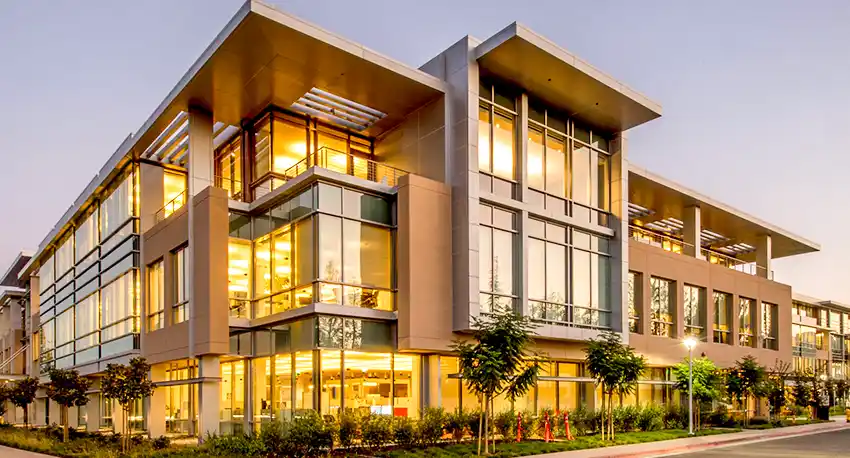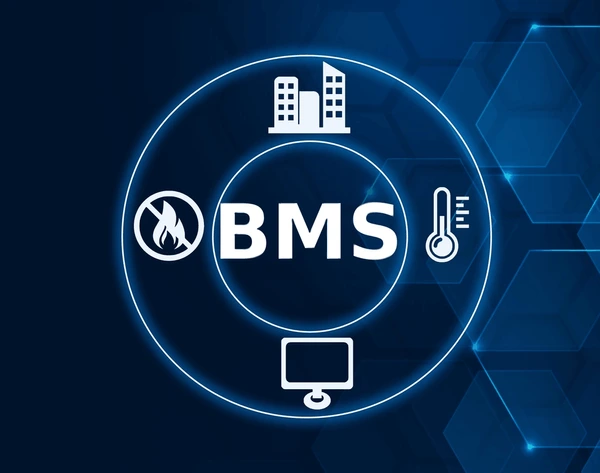
Introduction to Building Management Systems
Building Management Systems (BMS) are essential tools in modern building operations. These systems integrate various building functions into a centralized platform, optimizing efficiency and sustainability. From energy management to security, BMS ensures seamless operation and enhanced automation.
Key Components of a Building Management System
- HVAC Control:
Heating, ventilation, and air conditioning (HVAC) systems are critical to BMS. Advanced automation allows real-time monitoring and precise adjustments, ensuring consistent indoor comfort and energy efficiency.
- Lighting Systems:
Automated lighting systems contribute significantly to energy savings. Through motion sensors and daylight integration, BMS adjusts lighting levels to match occupancy and natural light availability.
- Energy Management:
It helps track energy consumption patterns. This data-driven approach enables building managers to identify inefficiencies and implement corrective measures, reducing operational costs.
- Security and Surveillance:
Modern building management systems integrate advanced security systems in automation. Features such as access control, CCTV monitoring, and intrusion detection are streamlined, enhancing overall safety.
- Fire Safety Systems:
Fire detection and suppression systems within a BMS offer prompt alerts and immediate responses, minimizing potential hazards.
Advantages of Implementing BMS in Automation
- Improved Operational Efficiency:
Centralized control ensures smoother building operations. Automated scheduling and system coordination reduce manual interventions, saving time and resources.
- Enhanced Energy Savings:
BMS optimizes energy consumption, cutting down utility costs. Real-time analytics and automated adjustments make energy use more efficient.
- Increased Occupant Comfort:
Automation ensures consistent temperature, lighting, and air quality levels, improving occupant satisfaction and productivity.
- Advanced Security Measures:
Integrated security features provide comprehensive protection. Automated responses to security breaches enhance building safety.
- Data-Driven Decision Making:
BMS generates actionable insights through data analytics. This empowers building managers to make informed decisions and plan future upgrades effectively.
Challenges in BMS Implementation
- High Initial Costs:
The installation of BMS requires significant investment. However, long-term savings often outweigh initial expenses.
- Complexity of Integration:
Integrating diverse systems into a unified platform can be challenging. Expert consultation ensures smooth implementation.
- Maintenance and Upgrades:
Regular maintenance is essential for optimal performance. Upgrading software and hardware may also require additional costs.
Future Trends in Building Management Systems
- IoT Integration:
The Internet of Things (IoT) enhances BMS capabilities. Connected devices provide granular control and real-time monitoring.
- AI-Driven Automation:
Artificial intelligence enables predictive maintenance and smarter decision-making. AI algorithms analyze patterns and suggest improvements.
- Sustainability Focus:
BMS is becoming pivotal in achieving green building certifications. Sustainable practices integrated into BMS reduce the environmental footprint.
Conclusion
Building Management Systems plays a vital role in modern automation. By integrating and optimizing various building functions, BMS enhances efficiency, safety, and sustainability. As technology advances, adopting IoT and AI will drive the evolution of BMS, ensuring smarter and greener building operations.

